
In this sutta Buddha talks about 2 kinds of thoughts:
#1. Thoughts of Sensuality, Thoughts of ill will, Thoughts of harm
#2. Thoughts of Non-sensuality, Thoughts of non-ill will (loving-kindness), Thoughts of Non-harm (compassion)
Type #1. Leads to your own affliction or to the affliction of others or to the affliction of both. It obstructs discernment, promotes vexation, & does not lead to Unbinding.
Type #2. Leads neither to your own affliction, nor to the affliction of others, nor to the affliction of both. It fosters discernment, promotes lack of vexation, & leads to Unbinding.
When the thoughts of type #1 arises, he advised us to reflect on the danger of this thoughts (method 2 of the Vitakkasanthana Sutta, please see the post above) and get rid of them.
In his own words: "As I noticed that it leads to my own affliction, it subsided. As I noticed that it leads to the affliction of others... to the affliction of both... it obstructs discernment, promotes vexation, & does not lead to Unbinding, it subsided. Whenever thinking imbued with ill will had arisen, I simply abandoned it, destroyed it, dispelled it, wiped it out of existence."
He also said: "Whatever a one keeps pursuing with his thinking & pondering, that becomes the inclination of his awareness."
Also please see this beautiful simile from the sutta (click on the title) :There lived a large herd of deer...
2. Right Intention
While right view refers to the cognitive aspect of wisdom, right intention refers to the volitional aspect, i.e. the kind of mental energy that controls our actions. Right intention can be described best as commitment to ethical and mental self-improvement. Buddha distinguishes three types of right intentions: 1. the intention of renunciation, which means resistance to the pull of desire, 2. the intention of good will, meaning resistance to feelings of anger and aversion, and 3. the intention of harmlessness, meaning not to think or act cruelly, violently, or aggressively, and to develop compassion.

















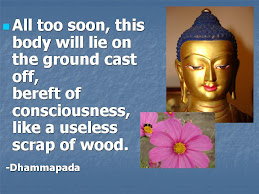

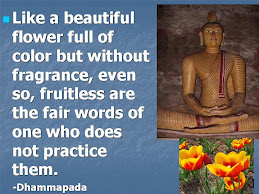







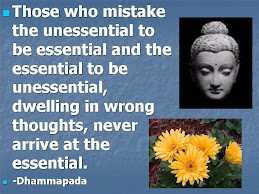

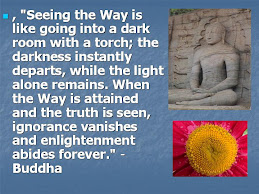

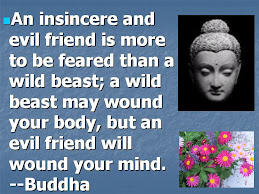
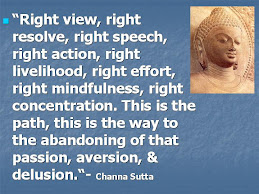

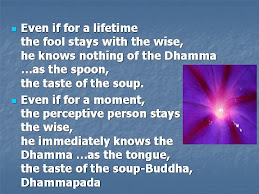



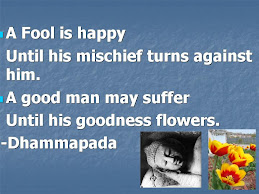
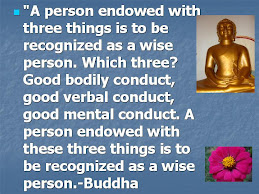

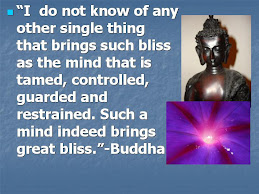
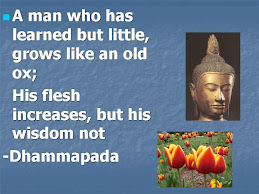
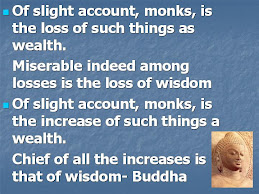
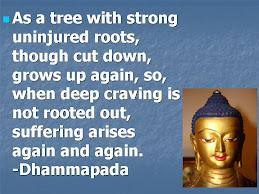
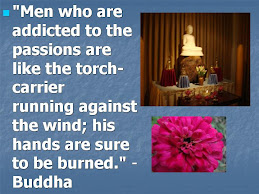


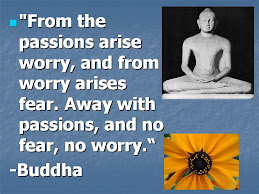
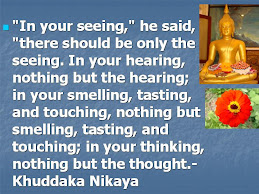




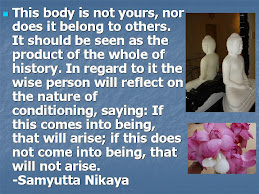
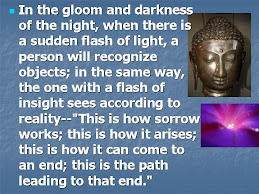
















No comments:
Post a Comment